Albert Wittnauer agreed to stock a minimum of 17,000 Longines watches in America by 1879[1] and the business of Eugene Robert, his brother-in-law, became known as A. Wittnauer Co in 1890. At this time there was little need for Lindbergh’s Elusive Special Flight Calculator, a special flight instrument coming 40 years later as the aviation industry entered its golden age.
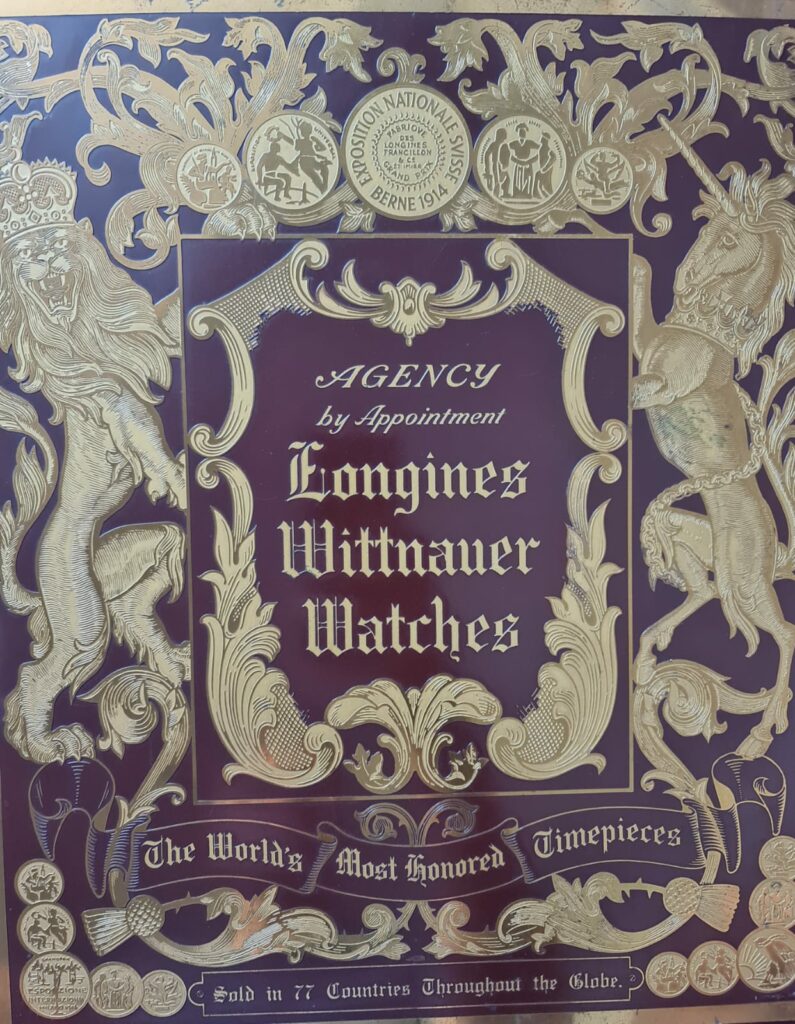
The remarkable business skills of Albert and their incredible relationship with Longines would help make both brands household names in America and beyond.
The US was the most important market for the Swiss manufacturer. The effects of the Great Depression were brutal leading to a complete sales collapse. This almost led to the bankruptcy of Martha Wittnauer and contributed to the formation of the new Longines-Wittnauer Co entity in 1936, that a few short years later accounted for 80% [2] of global business for the St Imier manufacturer.
One key area of dominance was in the creation of dedicated aviation timepieces and instruments in the interwar period and in the lead-up to and as a consequence of WWII.
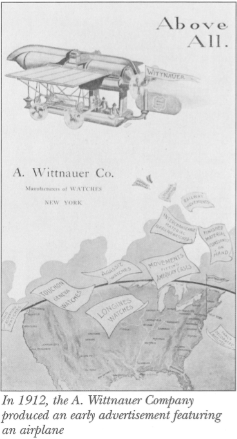
A number of successful Atlantic crossings contributed to shaping the course and direction of aviation history. In 1919, the US Navy were successful in an NC-4 (Navy Curtiss) so-called “Nancy” flying boat, made by Curtiss Airplane Co.
American success was short-lived and just two weeks later Alcock and Brown successfully crossed from Newfoundland to Ireland claiming a 10,000-pound prize offered by the owner of the Daily Mail, Lord Northcliffe. It would also be the year that the Orteig Prize was first offered for a successful New York to Paris crossing in either direction.
Lindbergh’s success in claiming the prize followed eight years later on May 20-21, 1927, when he covered the 3620 miles from New York to Paris for the very first time. A momentous feat that essentially made him the most famous man in the world. This paved the way for the so-called ‘Lindbergh Boom‘, an explosion in aviation flights, passenger uptake, miles flown, pilot license applications, and interests in commercial aviation.
A cocktail of factors contributed to this incredible golden age of aviation. Surplus pilots left over from the Great War, lighter fabrication materials like aluminium, design changes, along with the production of larger, more efficient, and reliable engines all contributed to keeping the limelight on aviation and its progression.
Kudos also lies with a number of key influential playmakers, including a number of pioneering pilot legends whose inputs and aviation feats challenged and pushed forward the need for specialist timepieces and instruments needed for avigation – air navigation.
Much like the conquest of sea navigation by Harrison almost 200 years earlier, a grandmaster of air navigation came to the fore. His name was P.V.H Weems and he played a multi-decade central role in avigation techniques and conquering the navigational challenges of the air.
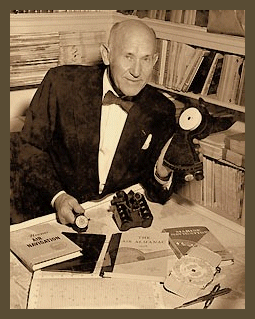
The speed of the airplane, night flights over unchartered waters, and continuous attempts to break speed, altitude, distance, and duration records necessitated the development of robust and functional specialized purpose-built timepieces.
Weems first witnessed the US Navy’s successful crossing in 1919 from a ship below. Navigation needs expanded from pilotage and dead reckoning to include radio navigation. As a consequence, he would go on to develop the Waltham Vanguard Weems Second setting watch, essentially becoming the grandfather of today’s modern-day GPS.
He worked with Wittnauer’s John Heinmuller and the Longines technical director, Alfred Pfister, to create the first prototype oversized Longines Weems wristwatch in November 1928. This very first example with serial 3585867, and the watch of the creator now lies in the Smithsonian.
The Longines Weems creation became an essential timing instrument in early air navigation and allowed +/- thirty seconds synchronization of the second hand with a known accurate timing source. Lindbergh’s improved Hour-angle wristwatch prototype creation delivered in April 1930, expanded upon the Weems and facilitated and expeditied the calculation of longitude.
In the mid-1930s, Weems would go on to take titled roles with the American agent, including “Chief of Technical Watch Division, Longines-Wittnauer Company”, and “Chief of the Navigation and Avigation Division of Longines-Wittnauer Co. Inc”[3].
He would play instrumental roles in the development of the Hour-angle watch and the so-called New Second setting watch, a smaller version that used a bezel to make the necessary seconds adjustment along with other dedicated aviation timepieces.
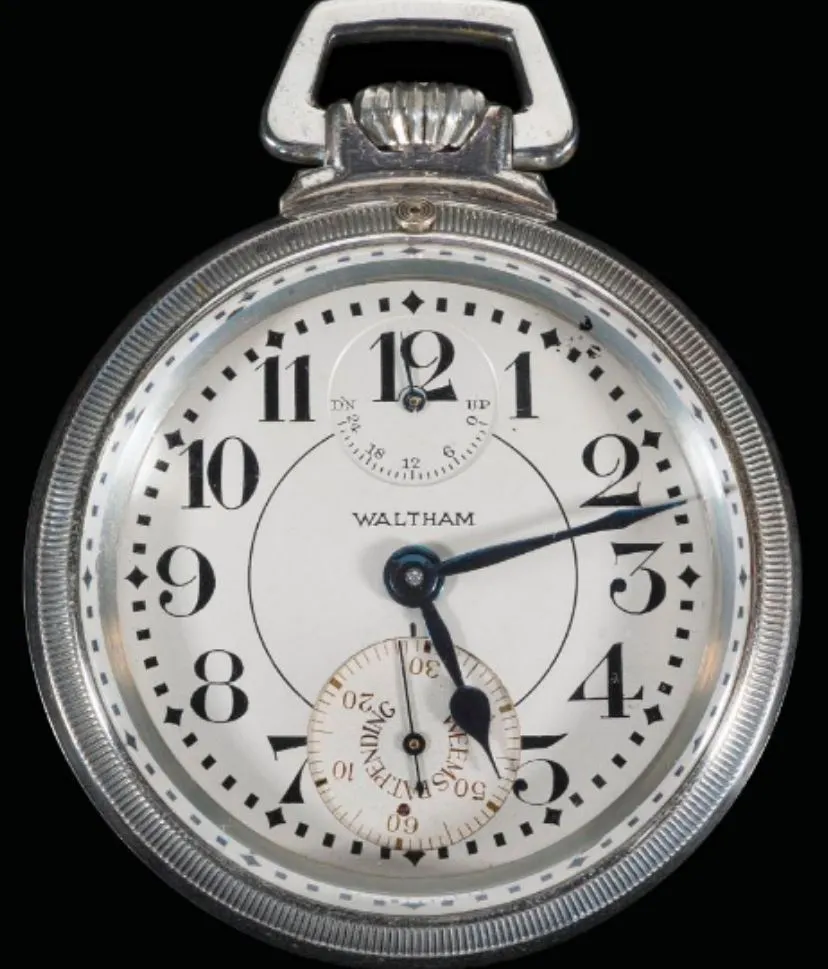
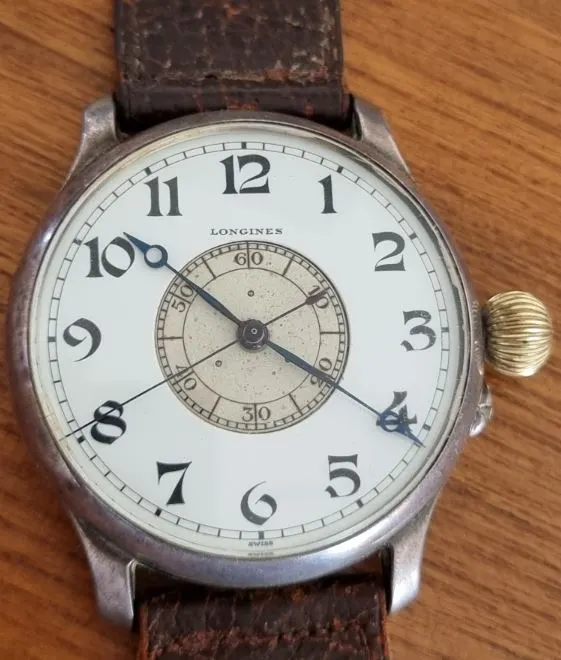
Another instrumental figure was John Heinmuller, who left St Imier in 1912 as a 20-year watchmaker to join the American Longines agent Wittnauer. He acquired a pilot’s license, and the name ‘Aero One’[4] before becoming V.P and later President of the US watch seller and Longines agent.
His Swiss precision and thirty-year service to early aviation cannot be overstated. He served as the chief timer of the National Aeronautic Association, the Fédération Aéronautique Internationale and his role at Wittnauer ensured Longines were attached at the hip to the timing needs of the aviation industry.
He brought official timing recognition to almost all of history’s seminal and record-breaking flights and endeared himself to the who’s who of aviation.
This included, among others, the record-breaking heroes; Admiral Byrd, Howard Hughes, Wiley Post, Ruth Nichols, Amelia Earhart, Roald Amundsen, Charles Lindbergh, and the Prince of Navigators – Harold Gatty.
The Longines Honor Roll, a salesman’s aid is the most incredible reminder of this remarkable time and chapter in the history of aviation and the world.
It is against this incredible backdrop that even within today’s incredible information discovery age there still remains a number of unsolved horological mysteries. One of these concerns the creation, existence, and whereabouts of a unique Longines Special Flight Calculator as described in a Wittnauer memo of sale and delivery note, addressed to Col. Lindbergh and signed by John Heinmuller on February 5, 1931.
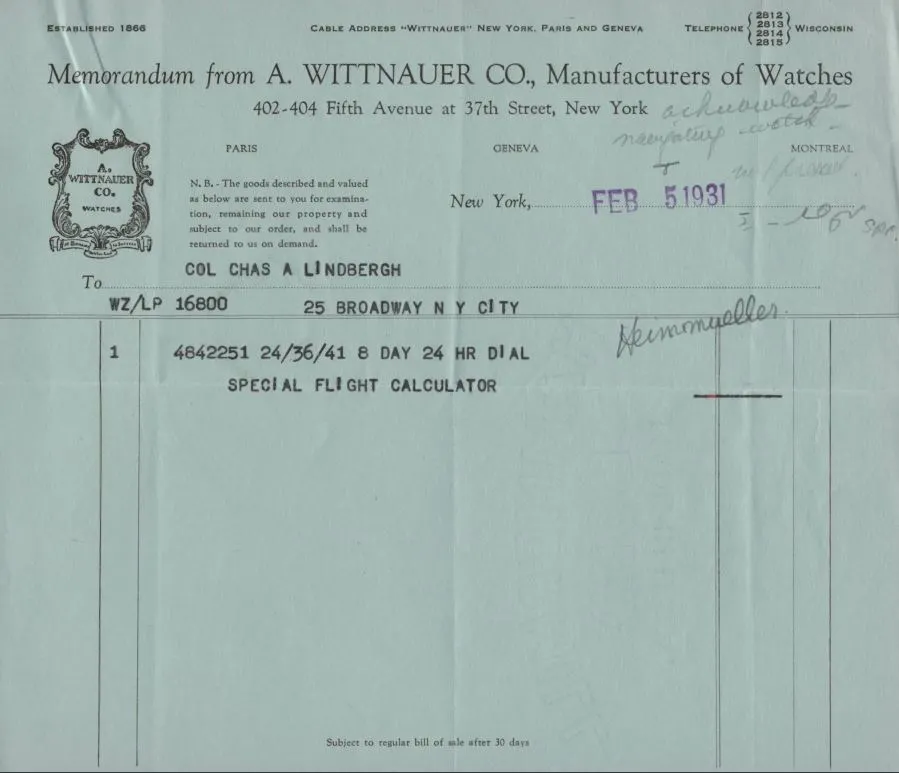
The typescript memo description also contains a handwritten note re a Navigating watch in the top right of the bill and the serial number of this special aircraft calotte and instrument. Two days post the original Heinmuller memo, Lindbergh’s return correspondence noted receipt of both a navigating watch and the calotte and his desire to try out the flight calculator clock.
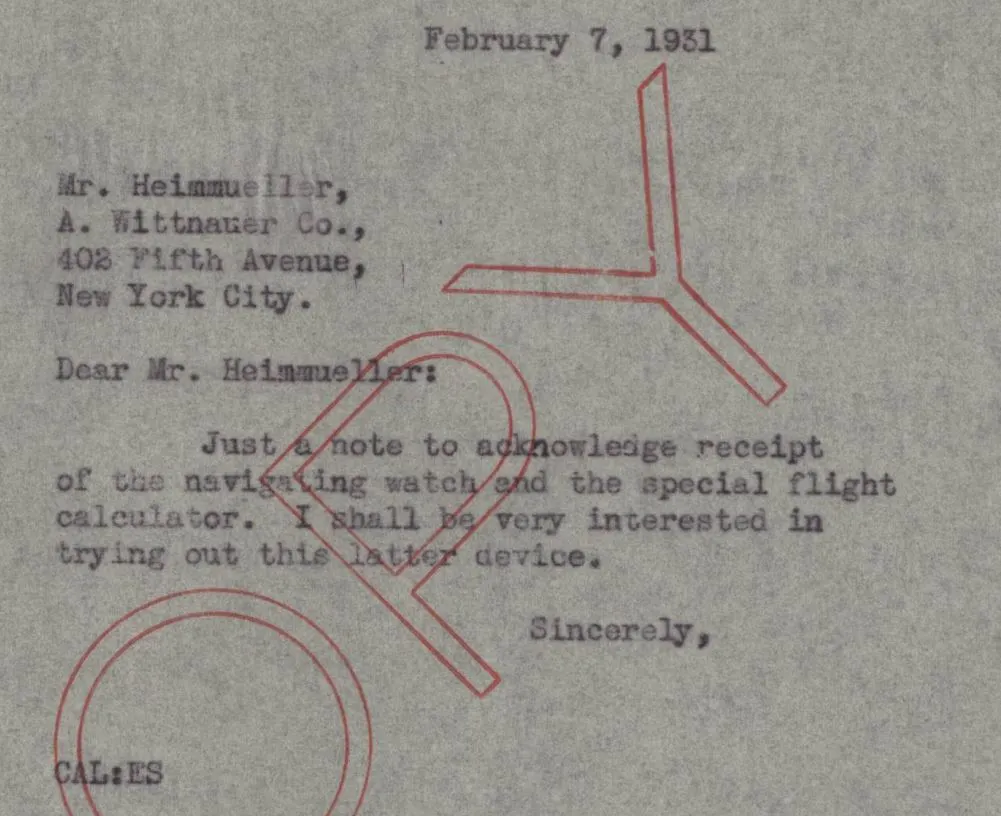
Longines archive notes:
The original serial number 4’842’251 identifies a calotte in brass with a turning bezel. It is fitted with a Longines manually wound mechanical movement, caliber 24.41. It was invoiced on 14 November 1930 to the company A. Wittnauer Co., which was at that time our agent for the USA. The dial is “24h. sur un tour”, which means a 24hours dial, made according to a special sketch and maybe inspired by a Philipps Calculator/Calculation.
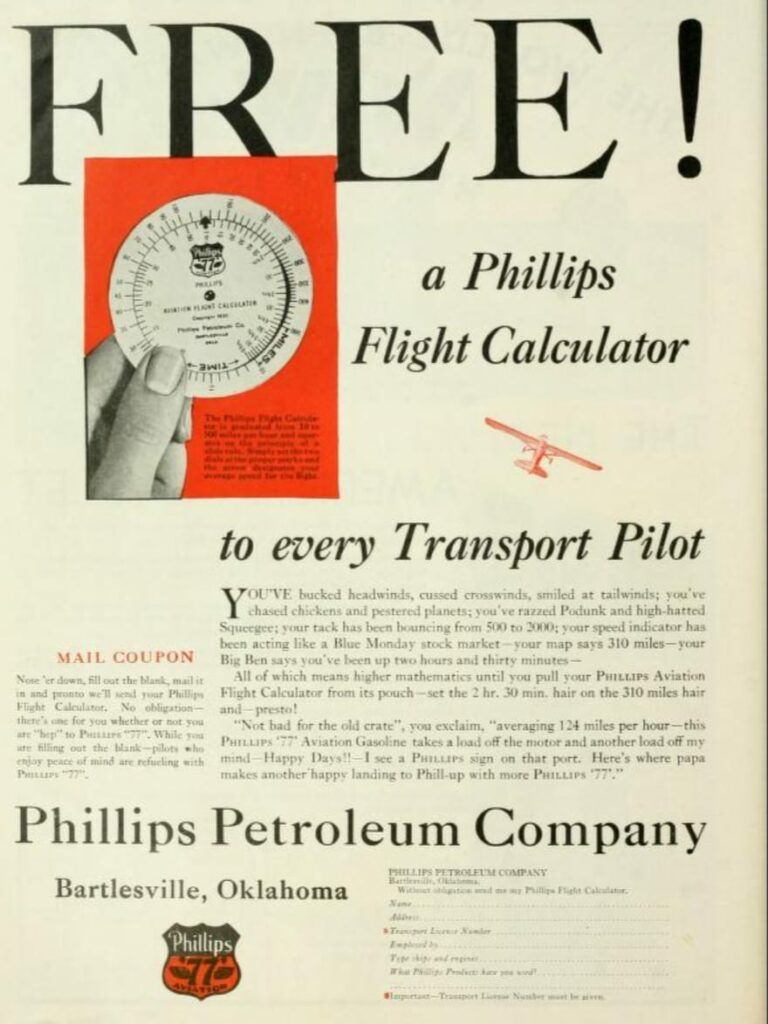
The last notation regarding the Phillips calculation is written by hand on the archive entry and provides even more mystery concerning its design and function.
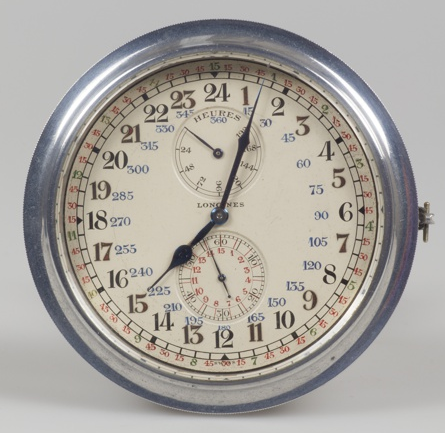
It is important to note that Longines had already produced and supplied Wittnauer a unique Hour-angle timepiece destined for Lindbergh that had been invoiced to Wittnauer on 25.1.1929. This delivery was the world’s first prototype production Hour-angle timepiece.
The aluminium aviation calotte fitted with a Longines manual wind caliber 24.41, bearing serial #4307253 featured dial calibrations that allowed and expedited the calculation of longitude serving as the precursor to delivery of two-hour-angle wristwatch prototypes the following year.
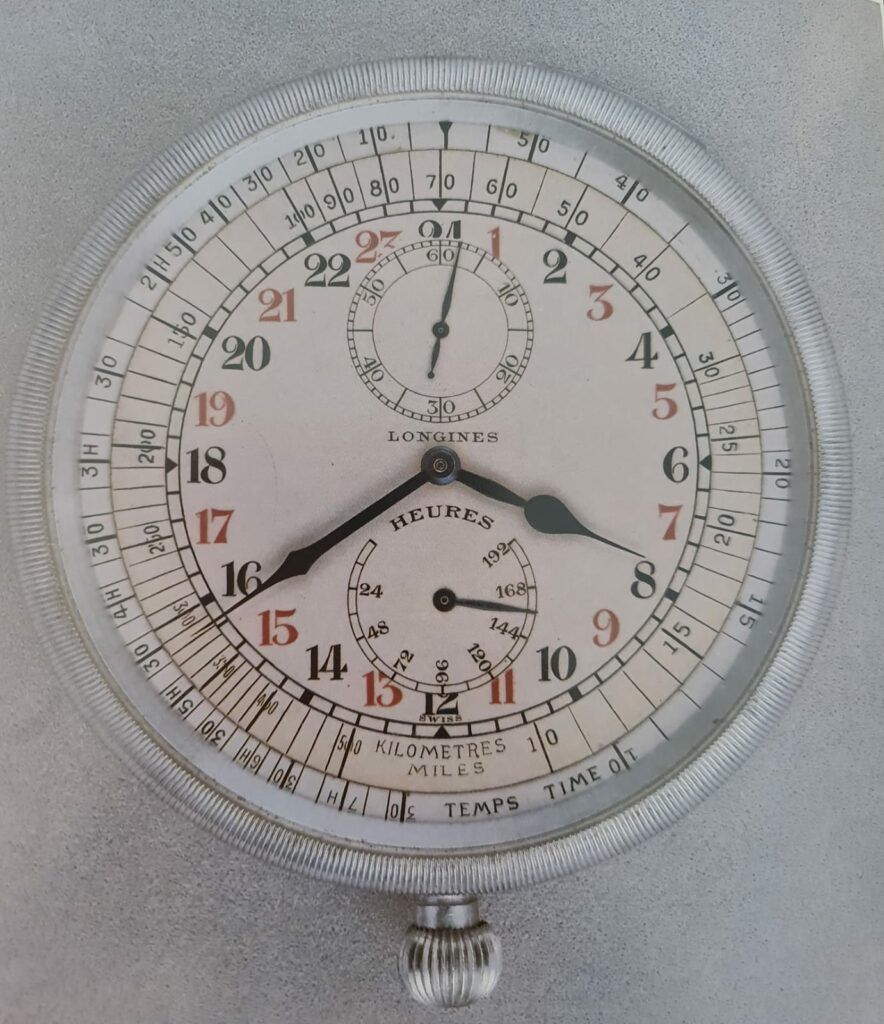
There are few clues to the Special Flight Calculator’s exact configuration, however, it is likely along the lines of pieces used on some dirigible airships. It is possibly a revised Hour-angle prototype aircraft clock of some kind, improving upon his first production piece – given the 1930 delivery and eight-day 24-hour notation.
Tragically, the whereabouts of Lindbergh’s unique Longines Special Flight Calculator creation remains unknown.
This ninety-plus-year-old memo also provides a number of clear, incredible, and insightful details into the Wittnauer and Longines agency relationship and business dealings from this time. First and foremost, it establishes that Lindbergh’s relationship and communication channel was always with John Heinmuller as representative of the American agent, Wittnauer.
This confirms that Wittnauer operated as Longines American agent in the course of running a commercial business operation. Aside from their agency relationship, they manufactured their own watches, and it is clearly noted at the top of the memo they undertook all repair work as required in house.
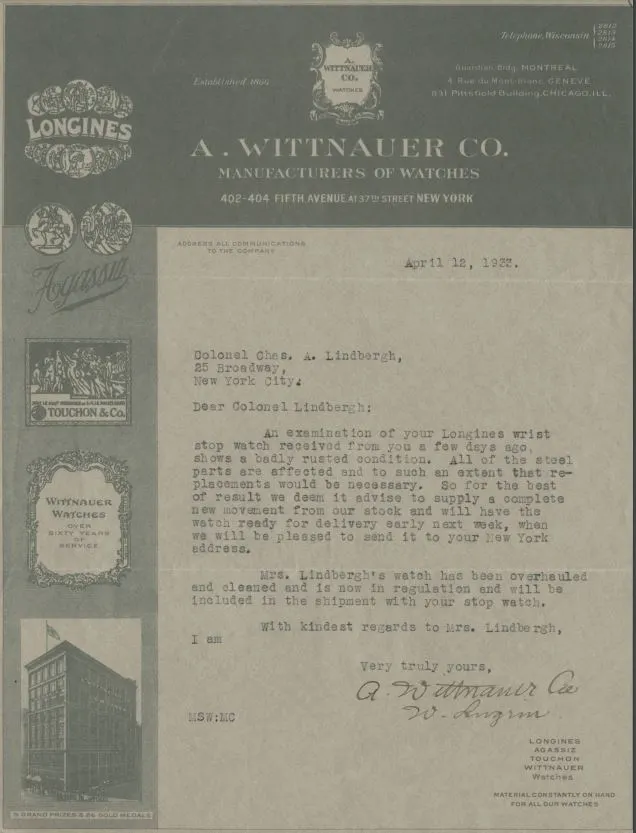
Wittnauer maintained certain professional business standards expected of an agency, however, they acted independently and kept spares including whole chronograph movements like the famous 13.33Z in stock.
This is confirmed in other correspondence between the agent and Col. Lindbergh involving the replacement of a rusted Longines chrono movement with an incredible one-week turnaround. Of course, the new movement number will not be recorded in the St Imier archives today.
Heinmuller was in direct communication with Wittnauer’s incredible customer base. He was friends with almost all of aviation’s greatest names, playing a central and pivotal role as one of the principal architects and drivers of innovation in the aviation horology space.
The incredible Longines-Wittnauer Honor Roll display board speaks to the unique nature, relationship, and central role that both companies played in innovating, pushing the boundaries of, and supplying the who’s who of pilots during aviation’s golden years.
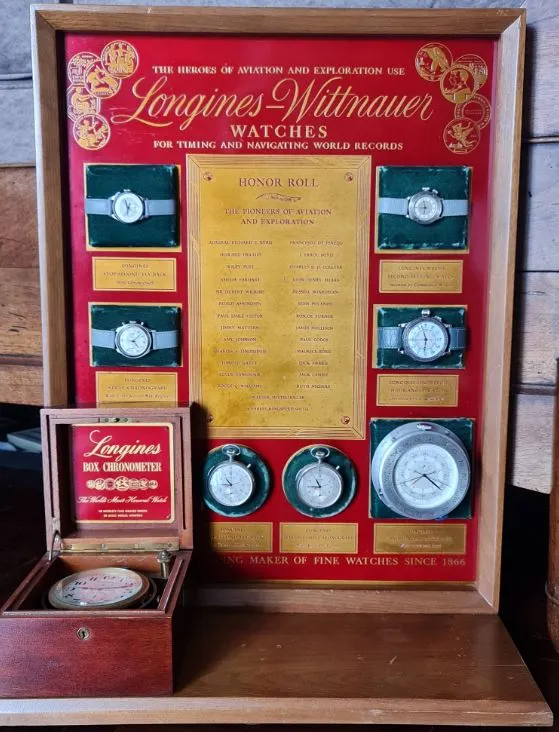
It is important to note that the ultimate recipient of most Longines creations delivered into America, including the most famous of pilots was not always privy to Longines. However, Wittnauer did their best to promote themselves and Longines on all occasions.
In one letter between Heinmuller and Lindbergh from February 14, 1931, the following was requested, “We appreciate very much that you will mention our Company in your article and also state that this is a LONGINES watch”.[5]
The brilliant, creative, inventor, and watchmaker John Heinmuller attached Wittnauer and Longines at the hip to aviation’s household names, sharing relationships with those who were at the forefront in shaping and making history in the air.
The aviation greats including Lindbergh, Howard Hughes, Harold Gatty, Kingsford Smith, Admiral Byrd, and Amy Johnson all used Longines timepieces. Their ideas combined with the incredible skills of Weems and the Longines technical director Alfred Pfister brought life to concepts, technical ideas and drawings as aviation blossomed. Pfister joined Longines in 1896, and assumed the key production role of technical director. His appointment in 1912 was ahead of family-connected individuals and he worked right through until his passing in 1951.
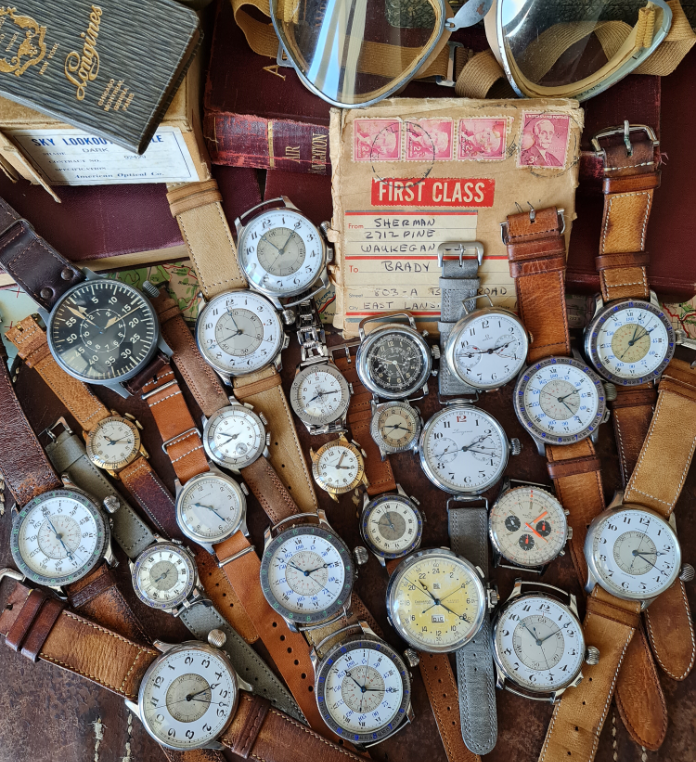
His tenure at the technical department of the Swiss manufacturer witnessed and was responsible for a remarkable era.
A range of exceptional and wonderful unique creations especially in the aviation space were born under Pfister’s stewardship.
These priceless rare timepieces assisted in some of aviation’s greatest feats and successes.
This multi-decade Longines zenith enabled them to win more precision and accuracy awards from the four great observatories of the world than any other maker in horological history.
Aviation’s remarkable post-1920’s progression, and the complex challenges of air navigation (avigation) afforded by increased speed, distance, and duration of flights over new unknown frontiers, the sea, and at night, led to a complex range of challenges and life-limiting possibilities for pilots.
This incredible combination of key and principal players brought to life a large range of innovative and specialist robust timing instruments that aided, improved, and could be relied upon for the determination of one’s position in the air. One of these creations, a Special Flight Calculator calotte, was made and delivered to Lindbergh.
These unique timepieces, horological creations, and instruments ensured that both Wittnauer, Longines, and the American aviation industry, alongside its aviation greats played a pre-eminent and central role in shaping and making early aviation history.
Whilst the recently discovered memo confirms delivery to Lindbergh, incredibly the famous recipient is not noted in Longines archives.

The world’s very first Hour-angle timepiece – a Longines aluminium prototype calotte delivered in January 1929 to Wittnauer with the ultimate recipient being Charles Lindbergh. The aviation clock featured an 8-day manual wind calibre 24.41.
This is also the case with the world’s very first production Longines Hour-angle calotte (serial #4307253), and wristwatch (#4931576) creations that also belonged to the Orteig Prize winner.
All three pieces were supplied to Wittnauer before being owned and used by Lucky Lindy. However, there is no specific mention within Longines incredible handwritten archive registers concerning delivery to their pen- ultimate recipient.
Aviators’ and aviatrixes’ lives depended upon innovative, accurate, robust, reliable, and precise aviation timepieces and technical instruments as well as their ability to use them.
This incredible Special Flight Calculator calotte as described in the 1931 Wittnauer memo of sale remains at large. It along with other essential aviation tool watches were central to survival and overcoming the challenges of air navigation over the sea.
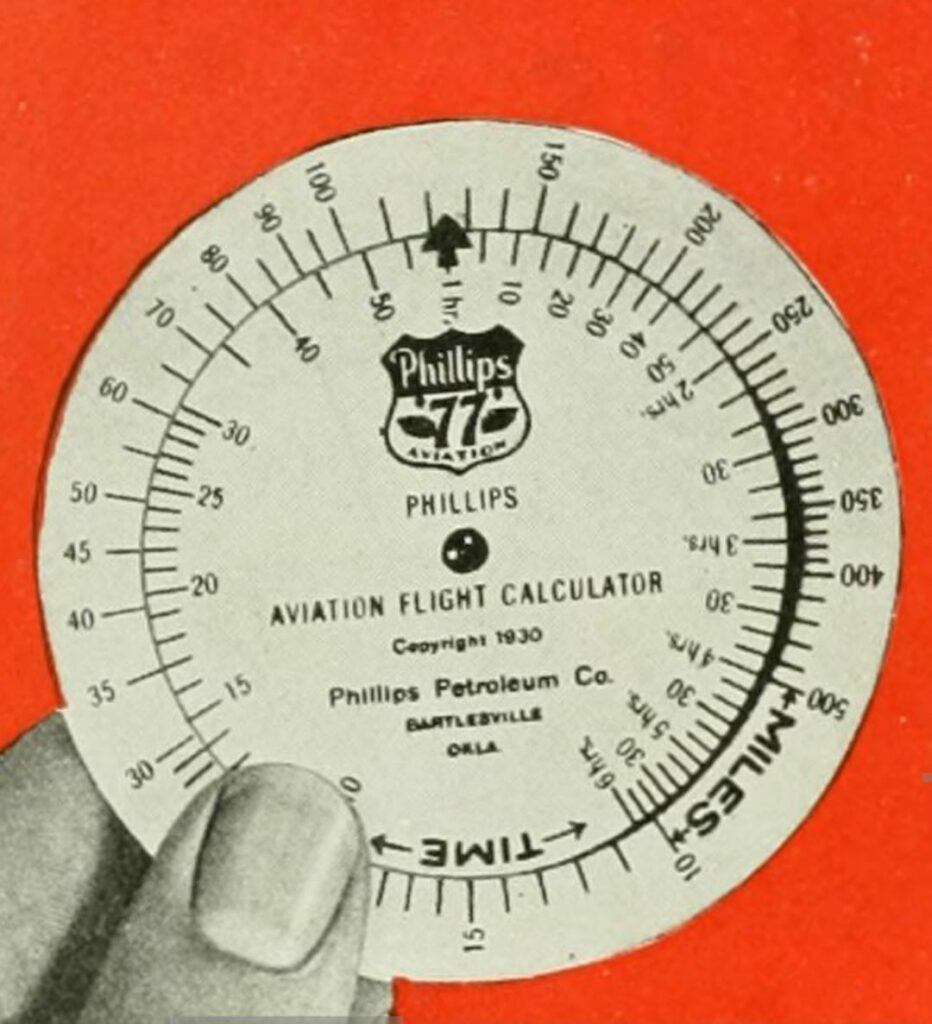
They aided in making conscious and correct decisions over the disorienting and monotonous hum of the engine over both land and sea where even the very best made mistakes and paid for them with their life.
Some of these incredible and unique early aviation instruments; rare Flightbirds – including the Longines Special Flight Calculator of Charles Lindbergh still remain at large and await discovery.
[1] Wittnauer – A History of the Man & his Legacy – Parillo Communications Ltd p19
[2] Wittnauer – A History of the Man & his Legacy – Parillo Communications Ltd p69
[3] Longines Through Time, Stephanie Lachat p111.
[4] Wittnauer – A History of the Man & his Legacy – Parillo Communications Ltd p44
[5] Letter Wittnauer to Charles Lindbergh Feb 14, 1931.

Fantastic article Andy, as always!
George
Greetings George, wonderful that you enjoyed it mate and a very big thank you for the feedback. Andy 🙂
This is just another amazing bit of history. I really enjoyed reading this article too!
Many thanks for your feedback Seiji.. it makes it all worthwhile…Andy 😉
A very big thank you for the feedback Seiji as always. Andy 😉